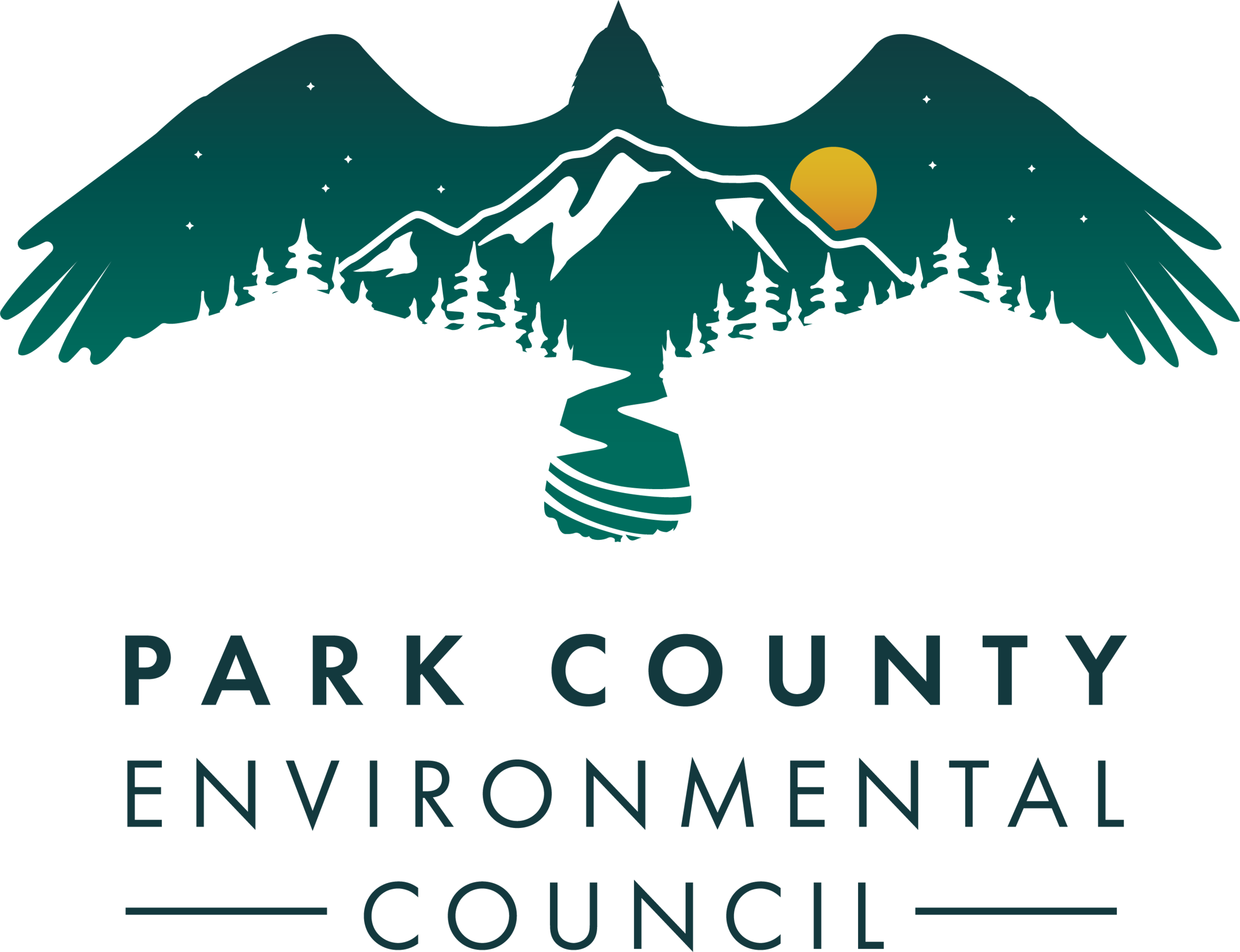Protecting Yellowstone’s Grizzly Bears
In Park County, we are lucky enough to share our home with grizzly bears.
The apex predators use the same trails we do, up Livingston Peak, around Pine Creek Falls and along the West Boulder River. Grizzly bears are drawn into the towns of Gardiner, Cooke City, and Emigrant in search of new and changing food sources, often eating trash, roadkill and backyard foods like apple trees and dog food. In Tom Miner Basin, grizzly bears roam alongside cattle and within viewing distance of curious onlookers.
This shared landscape isn’t an accident, nor is it guaranteed. Before Europeans arrived in North America, much of the West was habitat for bears. Today, only 2 percent of that original habitat remains, and there are only two places in the Lower 48 with significant concentrations of grizzlies: the Greater Yellowstone Ecosystem and the Northern Continental Divide Ecosystem, which includes Glacier National Park.
At PCEC, we don’t take that responsibility lightly.
Our wild backyard is one of the few places they survived, but we know grizzlies were almost gone here, too. In the 1970s, there were as few as a couple hundred grizzly bears in the entire Greater Yellowstone Ecosystem. But a concentrated effort has helped the bears recover; the population of bears in the ecosystem has hovered around 700 since 2002.
In response, the U.S. Fish and Wildlife Service and state management agencies have argued that the grizzly should no longer receive protections under the Endangered Species Act and should be hunted.
PCEC is proud to support Save the Yellowstone Grizzly, a star-studded coalition of scientists, authors, movie stars and conservationists. The coalition was launched by local grizzly bear advocate Doug Peacock to help fight the agencies’ proposal to take the Yellowstone grizzly bear off the Endangered Species list.
Though the grizzly bear population in the Greater Yellowstone Ecosystem has increased, the population still faces significant threats. The population is genetically isolated. Climate change and invasive species has decimated food sources. The carrying capacity of the GYE has decreased.
In response, grizzly bears are dispersing to new places in search of food. Those places include our homes and ranches in Park County. In this dispersal, bears are increasingly running into humans and being killed, euthanized by state wildlife agencies, in conflicts with hunters and as the unfortunate victim of a collision with a vehicle.
At PCEC, we urge the most protection for grizzly bears as possible, but protecting grizzly bears means more than just fighting for wilderness and protecting them under the Endangered Species Act. Protecting grizzlies also means determining what it means to live in a place with wild animals. It means bear proof garbage containers, electric fences and carrying bear spray.
If you don’t have local communities fighting for grizzly bears, they aren’t protected.
The future of the grizzly bear is up to us.
Photo by Tom Murphy Photography

